These are the buzziest talking points and biggest developments in enterprise automation for the next year.
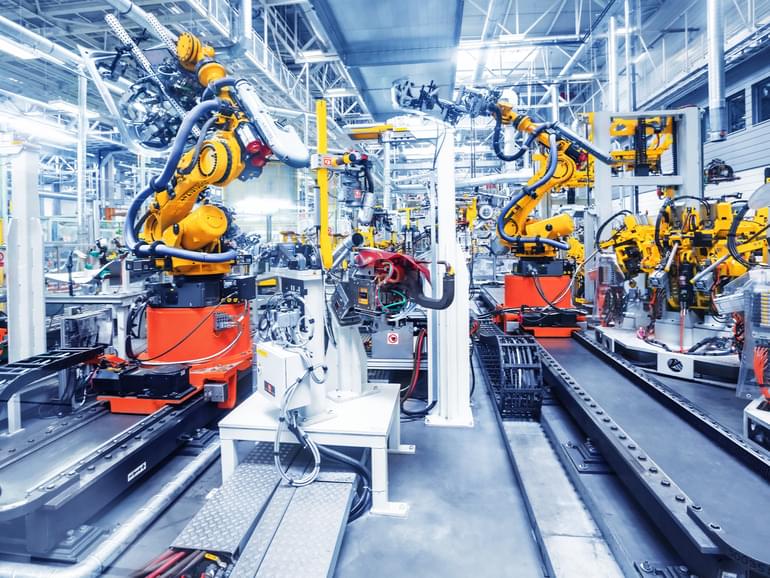

Blue Origin, Sierra Space, and others plan to build a new private space station in low-Earth orbit.
Blue Origin, Sierra Space, & others plan to build a new private space station in low-Earth orbit. NASA has chosen Orbital Reef for a funded Space Act Agreement.
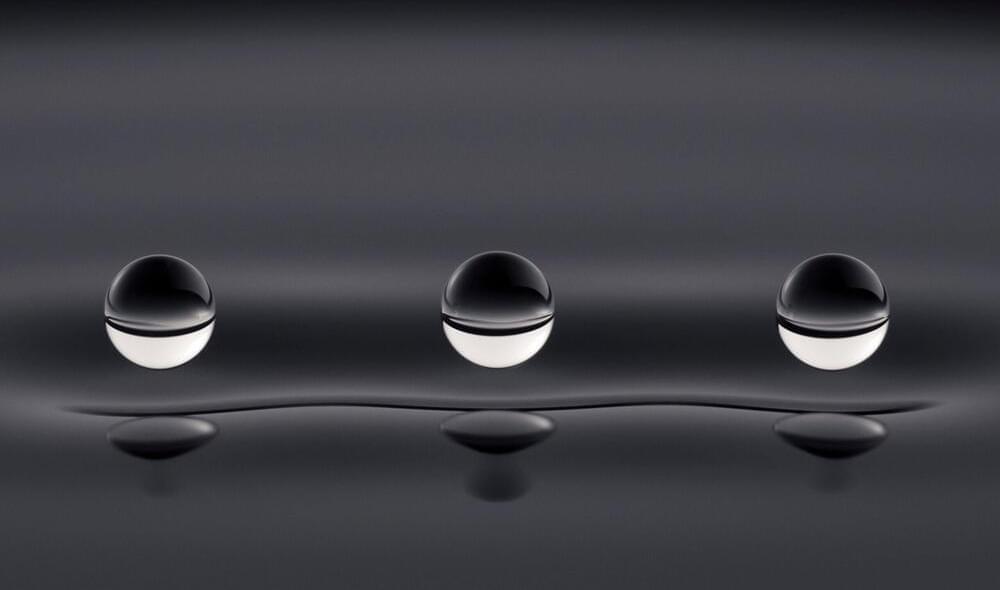
This, combined with the esoteric rules of quantum mechanics, means that the spins are constantly in different positions at once. If you look at just a few particles, it’s hard to tell whether you have a quantum liquid or, if you do, what properties it has.
Quantum spin liquids were first theorized in 1973 by a physicist named Philip W. Anderson, and physicists have been trying to get their hands on this matter ever since. “Many different experiments…tried to create and observe this type of state. But this has actually turned out to be very challenging,” says Mikhail Lukin, a physicist at Harvard University and one of the paper authors.
The researchers at Harvard had a new tool in their arsenal: what they call a “programmable quantum simulator.” Essentially, it’s a machine that allows them to play with individual atoms. Using specifically focused laser beams, researchers can shuffle atoms around a two-dimensional grid like magnets on a whiteboard.
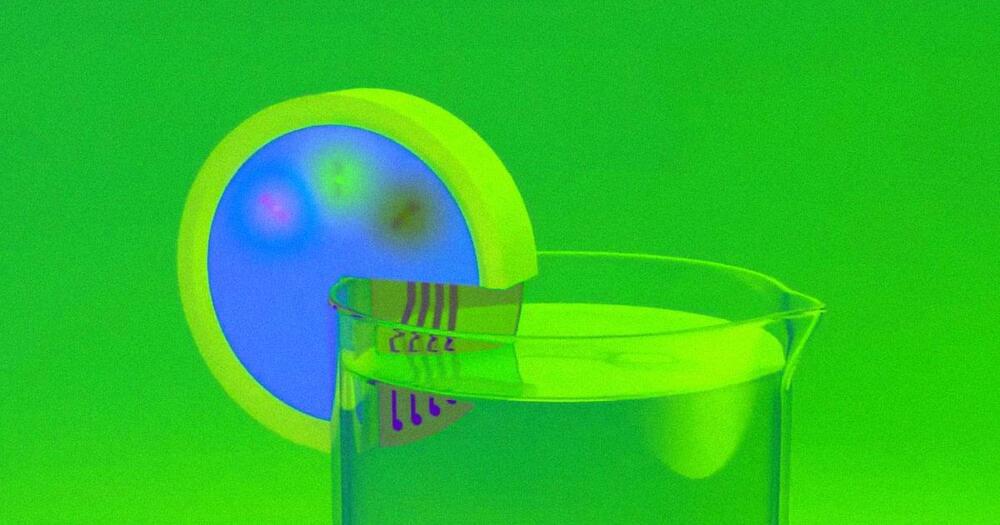
Digital tongue circa 2019.
“Electronic tongues” are devices that can analyze materials just by coming in contact with them — and they have near-infinite applications, from testing water quality to ensuring an expensive wine isn’t a counterfeit.
The problem is most fall into one of two categories: portable and specialized for only certain materials, or stationary and versatile. But now, IBM researchers have unveiled a new electronic tongue capable of bridging gap, making it easier to identify a range of liquids on the fly.
The IBM team calls its electronic tongue Hypertaste, and it looks a bit like a drink coaster with a slit in its side.
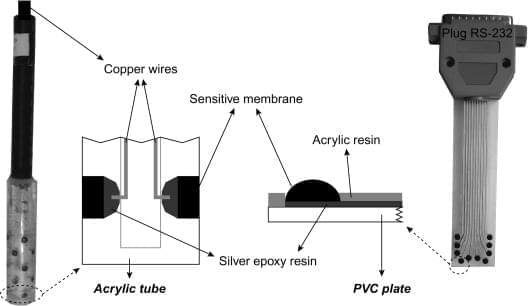

Have an account there too? Head on over, follow us, and hit that notification bell 👍🔔
@LastGenMovie | https://twitter.com/LastGenMovie?t=TOXGdCWeHro-XuoEAmr7xw&s=09

The US tech industry seems to be unstoppable. In fact, it is the most valuable tech industry in the world. According to CompTIA, in 2022, the US tech market will represent 33% of the global market share — or approximately $1.8 trillion. The European technology industry is a dwarf in comparison to America’s FAMANGs– Facebook, Amazon, Apple, Microsoft, Google and Netflix, which are worth approximately $6 trillion. Europe’s tech companies as a whole are worth about 30% of any one of the Big 4 American firms. SAP, by far the largest European technology corporation, is worth around 14% of Amazon or Microsoft. Only SAP makes it into the Fortune 500 in the Technology sector. But why are we seeing this trend? What makes the US tech market so much more valuable than counterparts in European markets. Federal research labs and Government grants accelerated core research across the US that helped to create new technology companies which are still household names today: HP, IBM and Google’s Alphabet all have their roots in government sector funding. Full Story:
A new video released by nonprofit The Future of Life Institute (FLI) highlights the risks posed by autonomous weapons or ‘killer robots’ – and the steps we can take to prevent them from being used. It even has Elon Musk scared.
Its original Slaughterbots video, released in 2017, was a short Black Mirror-style narrative showing how small quadcopters equipped with artificial intelligence and explosive warheads could become weapons of mass destruction. Initially developed for the military, the Slaughterbots end up being used by terrorists and criminals. As Professor Stuart Russell points out at the end of the video, all the technologies depicted already existed, but had not been put together.
Now the technologies have been put together, and lethal autonomous drones able to locate and attack targets without human supervision may already have been used in Libya.
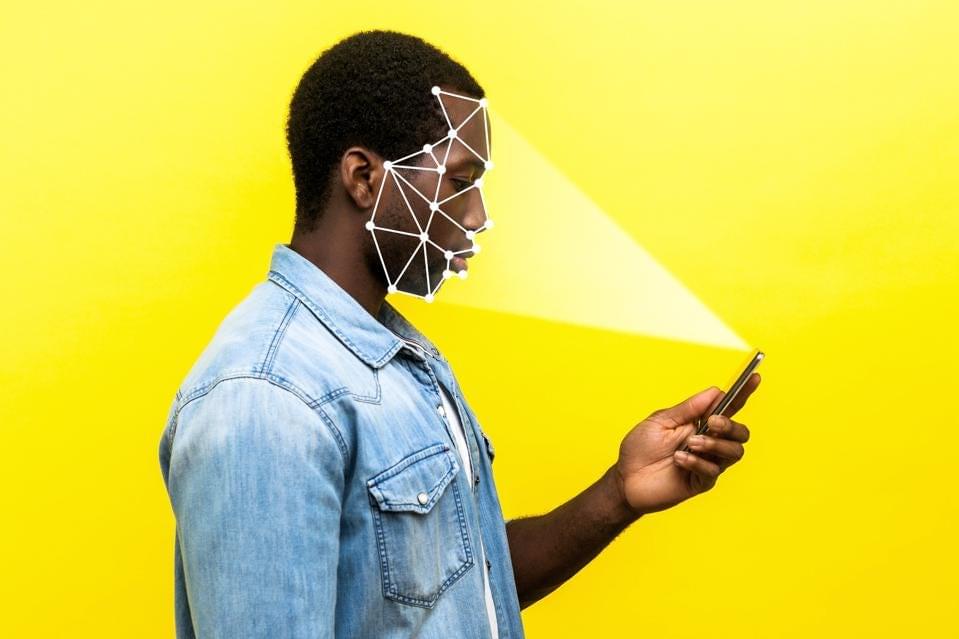
Meta, the company formerly known as Facebook is pulling the plug on its facial recognition program. The company is planning to delete more than one billion people’s individual facial recognition templates, and will no longer automatically recognize people’s faces in photos or videos as a result of this change, according to its own post. The use of facial recognition technology has a disparate impact on people of color, disenfranchising a group who already face inequality, and Facebook seems to be acknowledging this inherent harm. The Breakdown You Need to Know.
CultureBanx reported that Meta seems to always be embroiled in corporate drama and with intense scrutiny. When you add that to the growing concern from users and regulators that facial recognition space remains complicated, an exit makes sense. More than 600 million daily active users on Facebook had opted into the use of the face recognition technology.
Research shows commercial artificial intelligence systems tend to have higher error rates for women and black people. Some facial recognition systems would only confuse light-skin men 0.8% of the time and would have an error rate of 34.7% for dark-skin women. Just imagine surveillance being used with these flawed algorithms. A 2018 IDC report noted it expects worldwide spending on cognitive and AI systems to reach $77.6 billion in 2022.
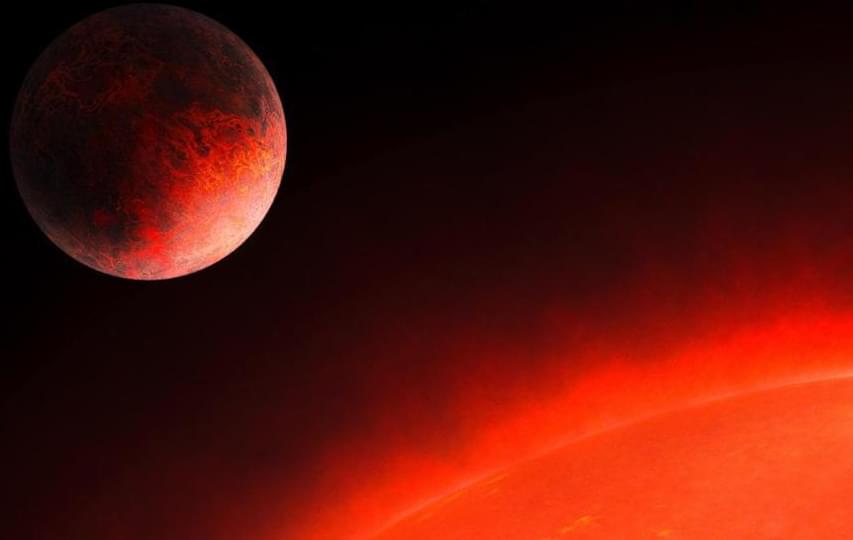
An international team of astronomers using NASA’s Transiting Exoplanet Survey Satellite (TESS) has detected a rocky planet, about half the mass of Earth, in an extraordinarily short 7.7-hour orbit around its parent star.
It’s a reminder that the science of extrasolar planet hunting seems to enter bizarro land with each new discovery. Planetary scientists still haven’t figured out how our own tiny Mercury — which orbits our Sun once every 88 days — actually formed and evolved. So, this iron-rich ultrashort-period (USP) planet, dubbed GJ 367b should really boggle their minds.
It’s completely rocky, unlike most previously detected gaseous hot Jupiters on extremely short stellar orbits. As a result, the tiny planet is estimated to have a surface with temperatures of 1,500 degrees Celsius, hot enough to melt iron; hardly an Earth 2.0.